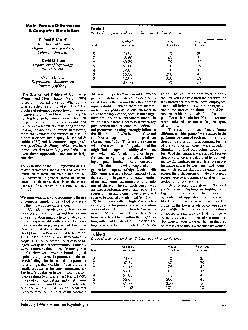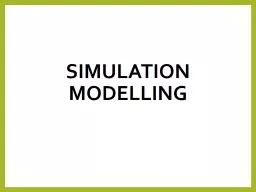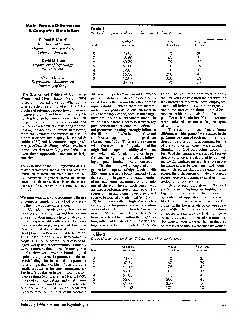PDF-MaleFemale Differences A Computer Simulation Richard F
Author : pasty-toler | Published Date : 2014-12-12
Martell Department of Social Organizational Psychology Columbia University David M Lane Department of Psychology Rice University Cynthia Emrich Department of Management
Presentation Embed Code
Download Presentation
Download Presentation The PPT/PDF document "MaleFemale Differences A Computer Simula..." is the property of its rightful owner. Permission is granted to download and print the materials on this website for personal, non-commercial use only, and to display it on your personal computer provided you do not modify the materials and that you retain all copyright notices contained in the materials. By downloading content from our website, you accept the terms of this agreement.
MaleFemale Differences A Computer Simulation Richard F: Transcript
Download Rules Of Document
"MaleFemale Differences A Computer Simulation Richard F"The content belongs to its owner. You may download and print it for personal use, without modification, and keep all copyright notices. By downloading, you agree to these terms.
Related Documents














